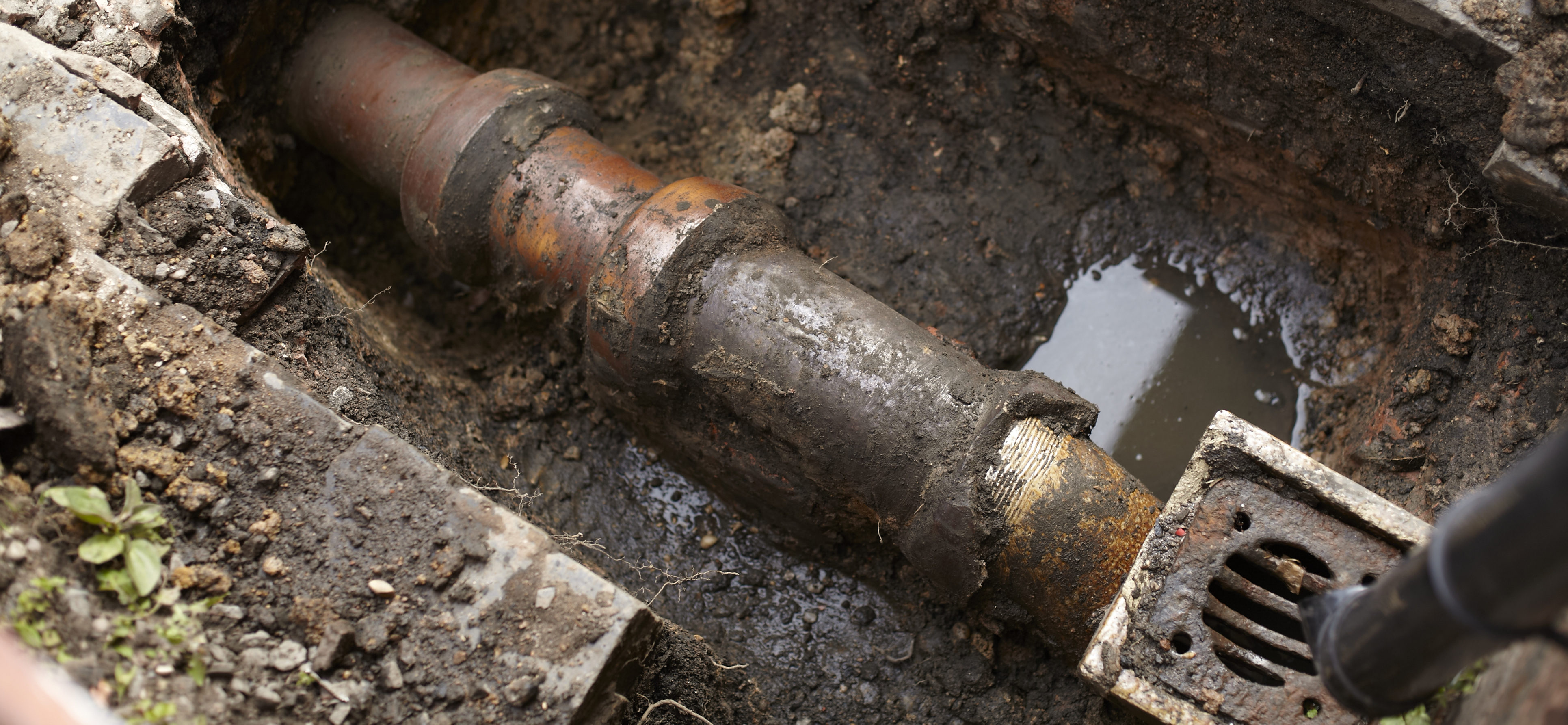A new report compiles methods that can be applied when sewers are first constructed to limit the risk of leakage.
Every year across Canada, billions of litres of clean rain and groundwater leak or flow into sanitary sewers. This entry of excess water into sewers—referred to as Inflow/Infiltration (I/I)—shortens the lifespan of pipes, takes up capacity in the sewage network, and drives up costs for governments and taxpayers. Recent research in Ontario suggests that excessive I/I occurs even in new sewer systems that, if built properly, should be essentially leak-free.
As climate change hits home, the need for resilient infrastructure is greater than ever. In many towns and cities across Canada, that includes managing the increased risks of extreme rainfall. A new report from Norton Engineering, the Institute for Catastrophic Loss Reduction, Engineers Canada, and the Standards Council of Canada will make a significant contribution towards mitigating that risk, according to the authors.
“Sewers overburdened by excess water limit the potential for new and expanded development in Canada’s urban areas and increases the risk of flooding and environmental damage,” said Chantal Guay, chief executive officer of the Standards Council of Canada. “This report is an important step toward establishing a clear national standard for preventing unacceptable I/I. Put into practice, this knowledge will save public money, reduce the risk of basement sewer backups, and contribute to more resilient urban infrastructure in Canada.”
The report was supported by an Expert Stakeholder Committee and a national consultation process that engaged municipal, building, development, insurance, and engineering experts from across Canada.










Do we have a date for when this report will be published? Is there a draft version in the public domain?
Hi Aakash,
A copy of the report is available here: http://www.scc.ca/sites/default/files/files/SCC_RPT_Norton-ICLR-EC-SCC-II-in-New-Sewer-Construction-2019-11-20_ENG.pdf
Best,
Simran, Water Canada